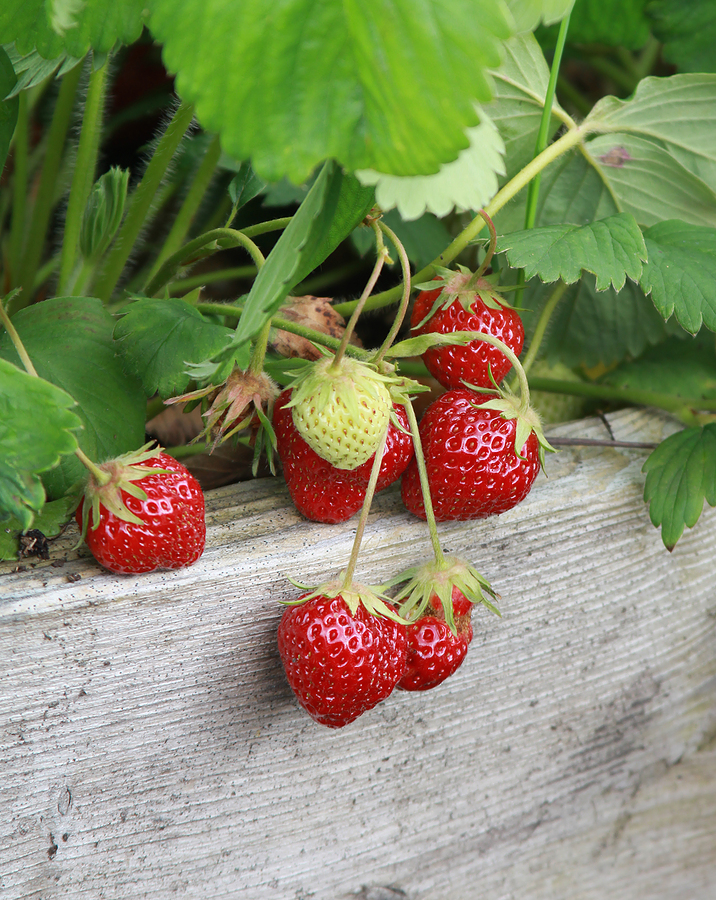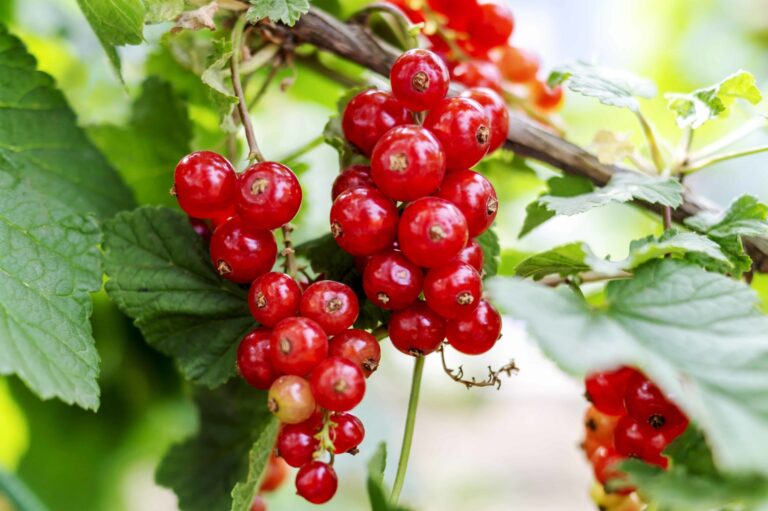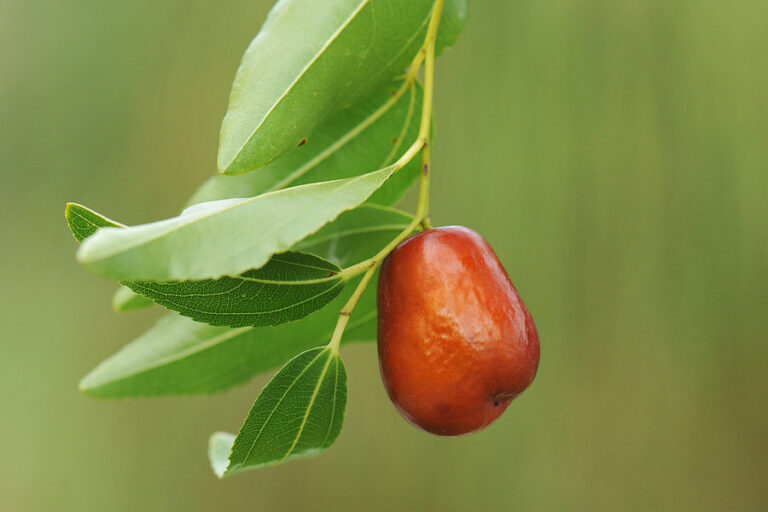Harvesting and Storing Strawberries: Tips for Freshness
Few garden joys match the sweet burst of a just-picked strawberry. After growing strawberries for more than 30 years in raised beds and containers, I’ve learned that how you harvest and store these delicate fruits can mean the difference between a juicy treat and a mushy disappointment. In this guide, I’ll walk you through the best ways to harvest and store strawberries to preserve their peak flavor and nutritional value.
🍓 When and How to Harvest Strawberries
Timing matters. Strawberries are best harvested in the early morning when temperatures are cooler and the berries are still firm from the night air. Look for fully red berries—color is your best indicator of ripeness, not size.
My Tips from the Garden:
- Check daily during peak season—ripe berries won’t wait.
- Snip or pinch the stem about a half-inch above the cap. Don’t pull the berry; it can tear the plant or bruise the fruit.
- Use a shallow container like a berry basket to avoid crushing berries in the field.
🧊 How to Store Fresh Strawberries
Strawberries are very perishable. Proper storage helps maintain freshness, flavor, and nutrients for as long as possible.
✅ Short-Term Storage (1–2 Days):
- Do not wash before storing. Moisture speeds spoilage.
- Refrigerate berries unwashed in a breathable container lined with a paper towel.
- Lightly cover the top with plastic wrap or a lid with small vents.
- Remove any overripe or damaged berries—they speed the decay of others.
🍓 EEAT Tip: As someone who grows and stores several strawberry varieties throughout the year, I’ve found that varieties like ‘Seascape’ and ‘Albion’ hold their firmness longer than others like ‘Hood’ or ‘Sparkle’—important when planning your harvest window.
✅ Washed or Cut Strawberries:
- Once washed or sliced, store in an airtight container for up to 24 hours.
- To extend life and flavor:
- Add a touch of sugar to overripe or sliced berries.
- Add lemon or apple juice to reduce oxidation and preserve vitamin C.
❄️ Freezing Strawberries for Later Use
Freezing strawberries allows you to enjoy your harvest all year.
How to Freeze Strawberries:
- Rinse and gently pat dry.
- Hull the berries (remove the green tops).
- Flash freeze: Place berries in a single layer on a baking sheet. Freeze until firm.
- Transfer to freezer-safe bags or containers. Remove excess air.
For sliced or crushed strawberries, add sugar (½ cup per quart) to preserve flavor and texture. Label with date and variety if you grow multiple types.
Frozen Shelf Life:
- Best quality: 6–8 months
- Still safe: up to 1 year
🏡 My Experience: What Works Best
In my Sonoma Valley garden, I harvest day-neutral and June-bearing strawberries from May through October. I’ve found:
- ‘Albion’ strawberries stay firm the longest in the fridge—great for snacking and freezing.
- ‘Mara des Bois’ has exceptional flavor but must be eaten or frozen within 24 hours.
- I always keep a container of flash-frozen whole strawberries to make smoothies and sauces well into winter.
🧺 Pro Tips
- Always use clean tools and containers to prevent mold and spoilage.
- Avoid stacking berries too deep—they bruise easily.
- Preserve flavor and nutrition by handling berries gently at every step—from garden to table.
✅ Strawberry Harvest & Storage Checklist
🌱 Before Harvest
- Monitor berry color daily during peak season.
- Prepare shallow containers for collecting berries.
- Clean scissors or snippers for harvesting.
- Plan to harvest in the cool morning hours.
🍓 Harvesting Strawberries
- Pick only fully red, ripe berries—don’t wait for green tips to turn.
- Snip or pinch stem ½ inch above cap—avoid pulling.
- Handle gently to prevent bruising.
- Keep picked berries in the shade while harvesting.
🧊 Storing Fresh Strawberries (Short-Term)
- Do NOT wash berries before refrigerating.
- Line container with paper towel to absorb moisture.
- Store unwashed berries in a vented container.
- Lightly cover with plastic wrap or breathable lid.
- Place in refrigerator for up to 2 days.
- Check daily—remove damaged or moldy berries immediately.
🥄 Preparing Cut or Ripe Berries
- Wash gently and pat dry before slicing.
- Store sliced berries in airtight container (use within 24 hours).
- Sprinkle with sugar to extend life and enhance sweetness.
- Add lemon or apple juice to reduce vitamin C loss and browning.
❄️ Freezing Strawberries
- Rinse, dry, and hull berries.
- Spread berries on baking sheet to flash freeze (1–2 hours).
- Transfer to labeled freezer bags (remove air for best results).
- Use within 6–8 months for best flavor.
🍓 Bonus Tips from Experience
- Rotate frozen stock—first in, first out.By planning your harvests and storage techniques around the natural rhythm of the berry and your climate, you can enjoy the taste of summer long after the season has passed.
- Choose firmer varieties like ‘Albion’ or ‘Seascape’ for longer storage.
- Avoid overcrowding berries—1–2 layers deep max.
Related Posts:
🌱 Getting Started with Strawberries
- How to Grow Strawberries: A Complete Guide From My Garden to Yours
- Strawberry Planting Calendar: What to Plant and When
- How to Plant and Grow Strawberries
- How to Plant Strawberries: Step-by-Step
- Indoor Strawberry Starts: How and When to Begin
- Best Climate and Site for Growing Strawberries
🍓 Choosing Strawberry Varieties
- Strawberries: June-bearing vs Ever-bearing vs Day-neutral Varieties — What’s Best for Your Garden
- Strawberry Varieties by Region: The Best Picks for U.S. Gardeners
- June-Bearing Strawberry Varieties: A Complete Growing Guide
- Guide to Alpine Strawberries: Tiny but Tasty
- Growing Strawberries in Hot Summer Regions Including Best Varieties
🪴 Growing Techniques & Care
- Watering, Feeding, and Caring for Strawberries the Right Way
- Container Growing Strawberries: Space Saving Tips
- Propagating Strawberries from Runners
- Strawberry Problems Solved: Common Pests and Diseases—and How I Handle Them
🌞🌨️ Growing by Climate & Season
- Growing Strawberries Year-Round in Warm Climates: A Gardener’s Guide
- Fall and Winter Strawberry Care: Cold Climate Tips for Healthy Spring Growth
- Planning a Year-Round Strawberry Harvest
🍽️ Harvest & Enjoy







